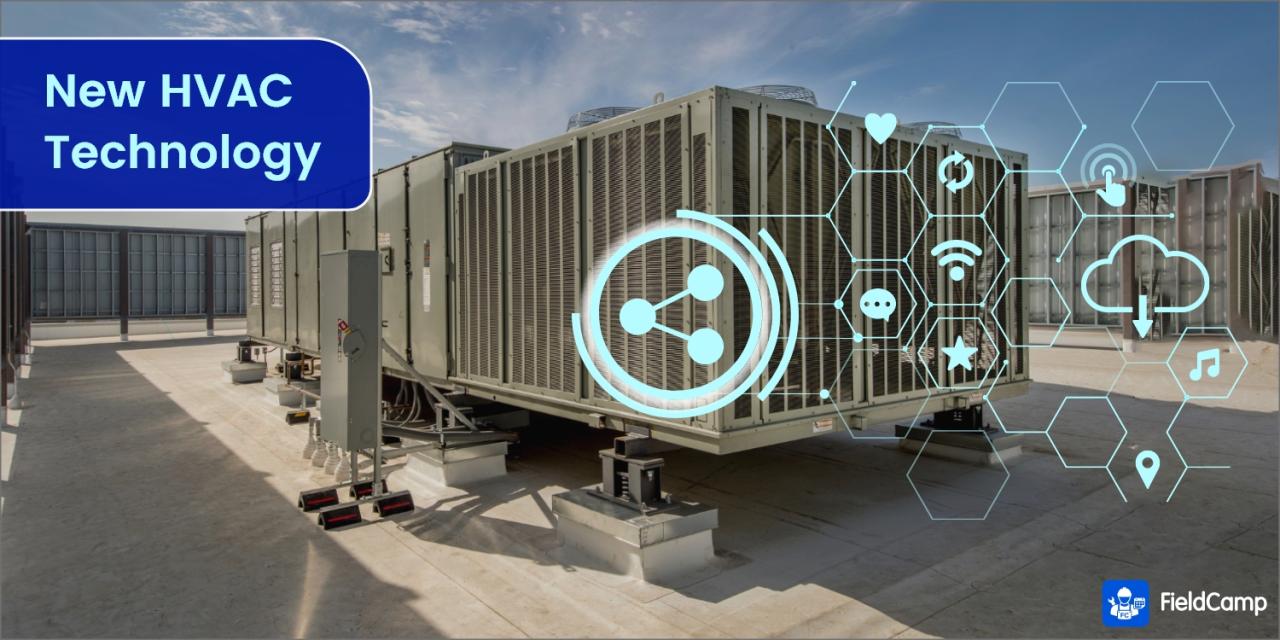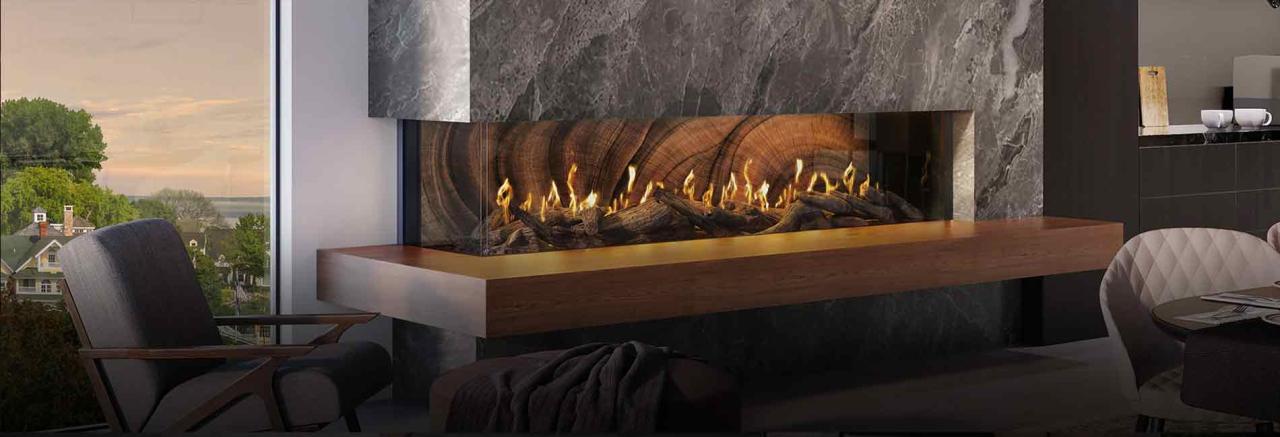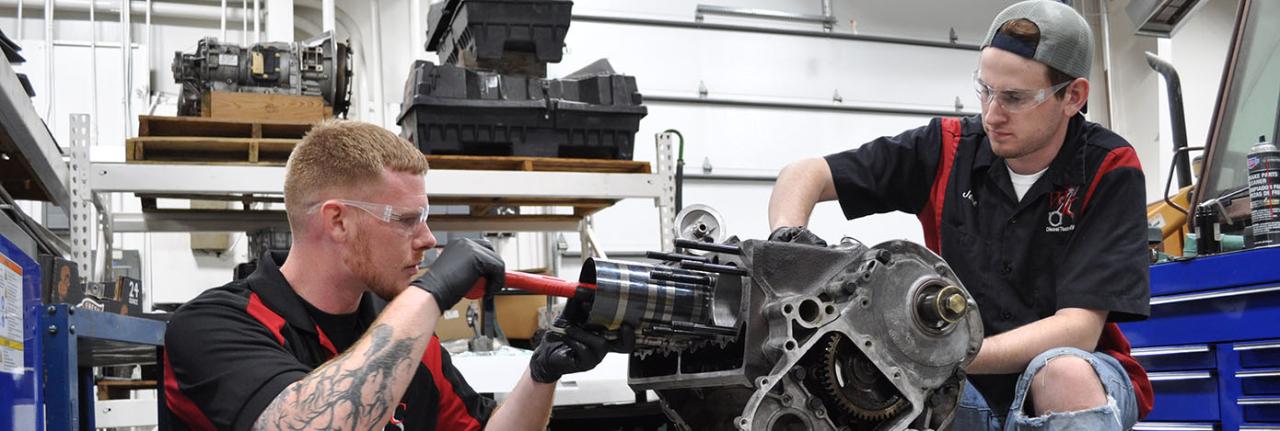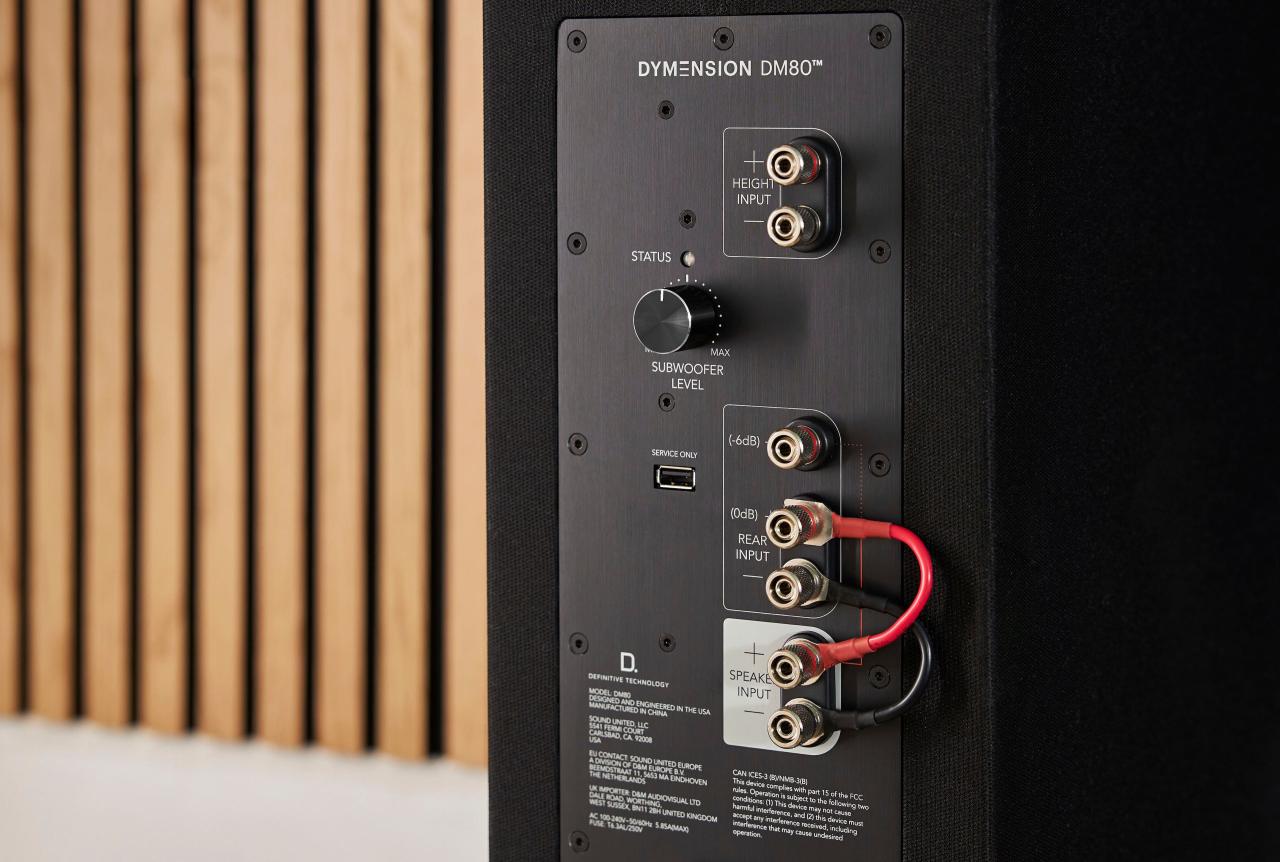Crawlspace and Basement Technologies: Enhancing Home Comfort and Efficiency
Crawlspace and basement technologies play a crucial role in optimizing home comfort, safety, and energy efficiency. These often overlooked spaces, when properly designed and maintained, can contribute significantly to the […]
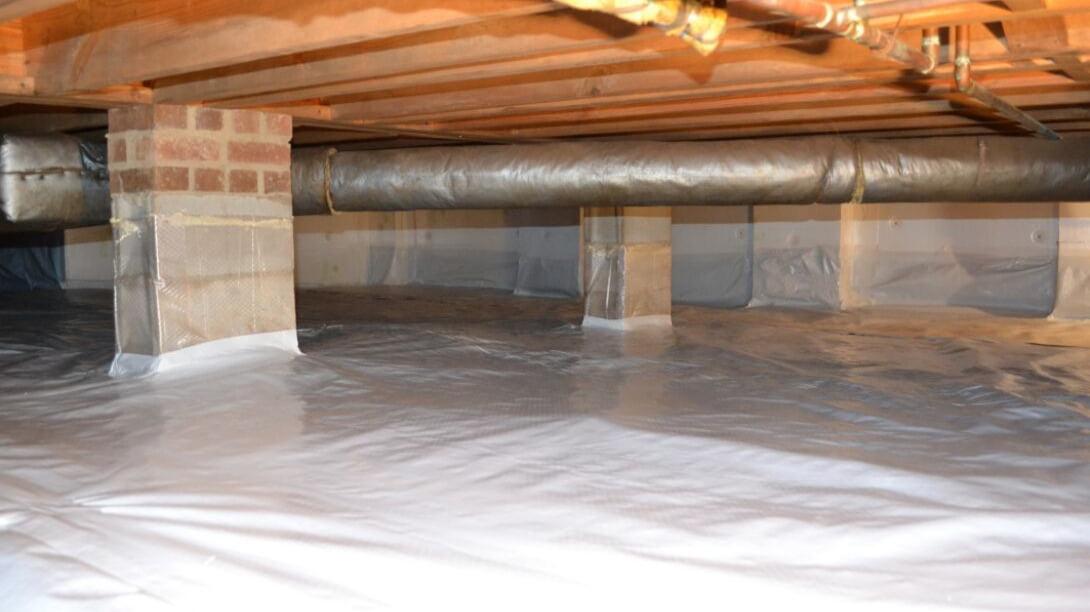
Crawlspace and basement technologies play a crucial role in optimizing home comfort, safety, and energy efficiency. These often overlooked spaces, when properly designed and maintained, can contribute significantly to the overall performance of a building.
From ventilation and moisture control to insulation and advanced technologies, there are numerous ways to enhance these areas and reap their benefits. This guide explores the fundamentals of crawlspaces and basements, examines common technologies and applications, and emphasizes the importance of environmental considerations and proper maintenance.
Crawlspace and Basement Fundamentals

Crawlspaces and basements are two common types of below-ground spaces found in homes. They offer a variety of advantages and disadvantages, and their suitability depends on the specific needs of the homeowner. This section explores the fundamental differences between crawlspaces and basements, including their construction, advantages, disadvantages, and common problems.
Differences Between Crawlspaces and Basements
Crawlspaces and basements are both below-ground spaces, but they differ significantly in their construction and function.
- Crawlspace: A crawlspace is a small, unconditioned space typically located between the ground and the first floor of a house. It is usually only accessible through a small door or hatch, and is often used for plumbing, electrical wiring, and ventilation. Crawlspaces are generally smaller than basements and are not intended for living or storage purposes.
- Basement: A basement is a larger, below-ground space that is typically used for living, storage, or recreational purposes. It is usually accessible through a set of stairs, and is often finished with walls, flooring, and sometimes even windows. Basements are generally larger than crawlspaces and can provide additional living space or storage.
Construction Materials
The materials used to construct crawlspaces and basements vary depending on the location, climate, and building code requirements.
- Crawlspace: Crawlspaces are typically constructed with concrete or wood framing. The floor is often made of concrete, while the walls may be made of wood or concrete blocks. Ventilation is essential in crawlspaces to prevent moisture buildup and mold growth. This is usually achieved through vents in the foundation walls and/or a vent fan.
- Basement: Basements are typically constructed with concrete walls and floors. The walls may be finished with drywall, plaster, or other materials. Basements may also have windows, which provide natural light and ventilation. The floor of a basement is often finished with concrete, tile, or wood flooring.
Advantages and Disadvantages
Crawlspaces and basements offer distinct advantages and disadvantages, which should be considered when choosing between them.
Advantages of Crawlspaces
- Lower Construction Costs: Crawlspaces are typically less expensive to construct than basements, as they require less excavation and concrete.
- Easier Access for Maintenance: The relatively open nature of crawlspaces allows for easier access for plumbing, electrical, and HVAC maintenance.
- Suitable for Sloping Terrain: Crawlspaces are a viable option for homes built on sloping terrain, as they can be constructed at a lower level without significant excavation.
Disadvantages of Crawlspaces
- Moisture Problems: Crawlspaces are prone to moisture problems, as they are located below ground level and are often exposed to moisture from the soil. This can lead to mold growth, wood rot, and other issues.
- Limited Space: Crawlspaces are typically small and offer limited space for storage or other purposes.
- Pest Issues: Crawlspaces can be attractive to pests such as rodents, insects, and spiders.
Advantages of Basements
- Additional Living Space: Basements can provide significant additional living space, which can be used for bedrooms, recreation rooms, home offices, or other purposes.
- Protection from Extreme Weather: Basements are generally more protected from extreme weather conditions, such as hurricanes, tornadoes, and floods.
- Storage Space: Basements offer ample storage space for household items, tools, and other belongings.
Disadvantages of Basements
- Higher Construction Costs: Basements are generally more expensive to construct than crawlspaces, due to the excavation and concrete required.
- Potential for Flooding: Basements are at risk of flooding, especially in areas with heavy rainfall or poor drainage.
- Limited Natural Light: Basements typically have limited natural light, which can make them feel dark and gloomy.
Common Problems
Crawlspaces and basements are susceptible to a variety of problems, which can affect the overall health and safety of a home.
Common Crawlspace Problems
- Moisture: Excess moisture in a crawlspace can lead to mold growth, wood rot, and other problems. This can be caused by poor ventilation, leaks in plumbing pipes, or ground water seepage.
- Pest Infestations: Crawlspaces are often attractive to pests such as termites, rodents, and spiders. These pests can cause damage to the structure of the house and can also pose health risks.
- Poor Insulation: Crawlspaces that are not properly insulated can lead to energy loss and temperature fluctuations in the home. This can make the home uncomfortable and increase energy bills.
Common Basement Problems
- Flooding: Basements are prone to flooding, especially during heavy rainfall or storms. This can cause significant damage to the basement and its contents.
- Moisture: Moisture in a basement can lead to mold growth, mildew, and other problems. This can be caused by leaks in plumbing pipes, poor ventilation, or ground water seepage.
- Poor Ventilation: Basements that are not properly ventilated can become musty and unhealthy. This can be caused by a lack of windows, inadequate exhaust fans, or blocked vents.
Ventilation and Moisture Control
Proper ventilation and moisture control are essential for maintaining a healthy and structurally sound crawlspace or basement. These spaces are often susceptible to moisture problems due to their location below the main living area. Without adequate ventilation and moisture control, mold growth, wood rot, and other structural issues can arise, leading to costly repairs and health concerns.
Ventilation Methods
Ventilation is crucial for regulating humidity levels and preventing moisture buildup in crawlspaces and basements.
- Passive Ventilation: This method relies on natural air circulation through vents and openings. Passive ventilation systems are typically less expensive to install than active systems, but their effectiveness depends on factors like wind direction, temperature differences, and the size and placement of vents.
- Active Ventilation: Active ventilation systems use fans to force air into or out of the crawlspace or basement. These systems are more effective than passive systems, especially in areas with low wind speeds or limited temperature differences. Active ventilation systems can be controlled with thermostats or humidistats, allowing for precise regulation of humidity levels.
Moisture Control
Moisture control is critical for preventing mold growth and structural damage in crawlspaces and basements.
- Moisture Barriers: Moisture barriers are installed on the ground or walls of the crawlspace or basement to prevent moisture from entering the space. These barriers can be made from various materials, including plastic sheeting, vapor retarders, and waterproof coatings.
- Dehumidifiers: Dehumidifiers are effective at removing moisture from the air in crawlspaces and basements. They work by condensing excess moisture from the air and draining it into a collection container. Dehumidifiers are especially useful in areas with high humidity levels or during periods of heavy rainfall.
- Drainage Systems: Proper drainage systems are essential for diverting water away from the crawlspace or basement. This includes ensuring that gutters are functioning correctly, downspouts are directed away from the foundation, and the surrounding soil slopes away from the building.
Identifying and Addressing Moisture Problems
Identifying and addressing moisture problems early on is crucial for preventing serious damage.
- Visual Inspection: Regularly inspect the crawlspace or basement for signs of moisture, such as water stains, mold growth, dampness, or condensation on surfaces.
- Humidity Measurement: Use a hygrometer to measure the relative humidity level in the crawlspace or basement. Ideal humidity levels for these spaces are typically between 30% and 50%.
- Moisture Testing: Moisture meters can be used to test the moisture content of building materials, such as wood framing, insulation, and drywall. This can help identify areas with excessive moisture.
Insulation and Energy Efficiency: Crawlspace And Basement Technologies
Insulating your crawlspace or basement is a crucial step in improving your home’s energy efficiency and overall comfort. By creating a thermal barrier, insulation helps to regulate temperatures, reduce energy consumption, and minimize moisture problems.
Benefits of Insulating Crawlspaces and Basements
Insulating crawlspaces and basements offers numerous benefits, including:
- Reduced heating and cooling costs: Insulation acts as a barrier against heat transfer, preventing warm air from escaping during winter and cool air from entering during summer. This can significantly lower your heating and cooling bills. For example, a well-insulated crawlspace can reduce heat loss by up to 30%, leading to substantial savings on energy costs.
- Improved indoor comfort: By maintaining a more consistent temperature throughout your home, insulation can create a more comfortable living environment. Insulating a crawlspace or basement can reduce temperature fluctuations and eliminate drafts, making your home more pleasant to live in.
- Moisture control: Insulation helps prevent moisture buildup in crawlspaces and basements by creating a barrier against condensation. This can help to prevent mold growth, wood rot, and other moisture-related issues.
- Increased home value: Energy-efficient homes are generally more desirable and can command higher prices in the real estate market. Insulating your crawlspace or basement can enhance your home’s value and make it more appealing to potential buyers.
Insulation Materials
Various insulation materials are available for crawlspaces and basements, each with its own advantages and disadvantages. Here are some common options:
- Fiberglass batts: A popular choice for insulation, fiberglass batts are affordable, easy to install, and offer good thermal resistance. They are typically available in various thicknesses to meet different insulation requirements. However, fiberglass can be itchy and may require protective gear during installation.
- Spray foam insulation: This type of insulation is sprayed into place, creating a continuous, airtight seal that effectively reduces air infiltration and heat transfer. Spray foam is highly effective in controlling moisture and can be used in irregular spaces. However, it is more expensive than fiberglass batts and may require professional installation.
- Rigid foam board: Rigid foam board is a durable, moisture-resistant material that is often used for insulation in crawlspaces and basements. It is available in various thicknesses and can be easily cut and installed. However, rigid foam board may be more expensive than fiberglass batts and may require additional support for installation.
- Cellulose insulation: Cellulose insulation is made from recycled paper products and is a good option for eco-conscious homeowners. It is relatively inexpensive, provides good thermal resistance, and is a good sound insulator. However, it can be more difficult to install than fiberglass batts and may require professional assistance.
Impact of Insulation on Energy Efficiency
Insulation plays a vital role in improving a home’s energy efficiency. By reducing heat transfer, insulation helps to maintain a comfortable indoor temperature while minimizing energy consumption. This can result in significant savings on heating and cooling costs.
The amount of energy saved through insulation depends on factors such as the climate, the existing insulation levels, and the type of insulation used.
For example, a study by the U.S. Department of Energy found that adding insulation to a typical home’s attic can reduce heating and cooling costs by up to 15%. Similarly, insulating a crawlspace or basement can lead to substantial energy savings, especially in areas with extreme temperatures.
Guidelines for Proper Insulation Installation
Proper insulation installation is crucial for maximizing its effectiveness. Here are some guidelines to follow:
- Choose the right insulation material: Select an insulation material that is appropriate for the specific needs of your crawlspace or basement. Consider factors such as climate, moisture levels, and budget.
- Install insulation correctly: Ensure that the insulation is installed according to manufacturer recommendations. This may involve using a vapor barrier, sealing gaps, and securing the insulation properly.
- Maintain adequate ventilation: Even with insulation, it is essential to maintain proper ventilation in crawlspaces and basements to prevent moisture buildup. Install vents and ensure that they are functioning properly.
- Consider professional installation: For complex insulation projects, it is often advisable to hire a professional contractor to ensure proper installation and maximize energy savings.
Common Technologies and Applications
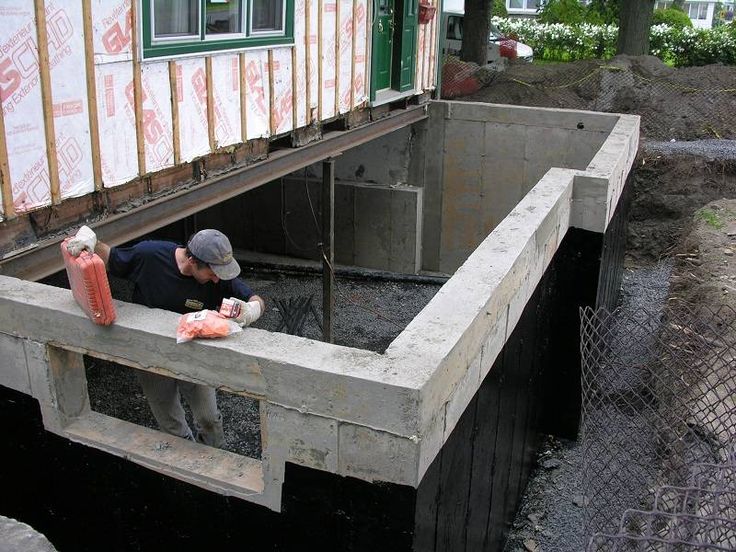
Crawlspaces and basements are often overlooked areas in a home, but they play a crucial role in the overall comfort, safety, and efficiency of the living space above. Implementing the right technologies in these areas can significantly enhance the performance of your home.
Crawl Space Encapsulation
Crawl space encapsulation involves sealing the crawl space with a vapor barrier, typically made of polyethylene plastic sheeting. This barrier helps to prevent moisture from entering the crawl space, which can lead to mold growth, wood rot, and other problems.
- Purpose: To create a dry and healthy environment in the crawl space.
- Function: The vapor barrier acts as a shield against moisture, preventing it from penetrating the crawl space from the ground.
- Benefits:
- Reduces moisture levels, preventing mold growth and wood rot.
- Improves indoor air quality by preventing moisture from entering the living space.
- Enhances energy efficiency by reducing heat loss in the winter and heat gain in the summer.
- Drawbacks:
- Can be expensive to install, especially if the crawl space is large or complex.
- Requires careful installation to ensure the vapor barrier is properly sealed.
Basement Waterproofing
Basement waterproofing is essential for protecting your home from water damage. This involves various techniques to prevent water from entering the basement, such as installing drainage systems, sump pumps, and waterproofing membranes.
- Purpose: To prevent water from entering the basement, ensuring a dry and habitable space.
- Function: Waterproofing techniques create barriers to block water from infiltrating the basement, diverting it away from the foundation.
- Benefits:
- Prevents water damage to the basement, including mold growth and structural issues.
- Creates a safe and comfortable living space in the basement.
- Increases the value of your home by ensuring its structural integrity.
- Drawbacks:
- Can be costly, depending on the extent of waterproofing required.
- May require professional installation to ensure proper functionality.
Crawl Space Ventilation
Proper crawl space ventilation is essential for maintaining a healthy and dry environment. This involves using fans or vents to circulate air and remove moisture from the crawl space.
- Purpose: To remove excess moisture from the crawl space and maintain a balanced humidity level.
- Function: Ventilation systems use fans or vents to draw in fresh air and exhaust stale, moist air from the crawl space.
- Benefits:
- Reduces moisture levels, preventing mold growth and wood rot.
- Improves indoor air quality by removing moisture from the crawl space.
- Enhances energy efficiency by reducing heat loss in the winter and heat gain in the summer.
- Drawbacks:
- May require regular maintenance to ensure proper functionality.
- Can be noisy, especially if the fans are not properly installed or maintained.
Basement Dehumidifiers
Basement dehumidifiers are essential for removing excess moisture from the air, preventing mold growth and creating a comfortable living space.
- Purpose: To reduce humidity levels in the basement and create a dry and healthy environment.
- Function: Dehumidifiers work by removing moisture from the air, condensing it into water and collecting it in a reservoir.
- Benefits:
- Reduces humidity levels, preventing mold growth and other moisture-related problems.
- Improves indoor air quality by removing moisture from the air.
- Creates a more comfortable living space in the basement.
- Drawbacks:
- Can be expensive to purchase and operate.
- Requires regular maintenance to ensure proper functionality.
Insulating Crawl Spaces and Basements
Insulating crawl spaces and basements can significantly improve the energy efficiency of your home by reducing heat loss in the winter and heat gain in the summer.
- Purpose: To reduce heat transfer between the living space and the crawl space or basement, improving energy efficiency.
- Function: Insulation materials create a barrier that slows down the flow of heat, preventing it from escaping the living space in the winter or entering it in the summer.
- Benefits:
- Reduces energy consumption by lowering heating and cooling costs.
- Improves comfort by maintaining a more consistent temperature in the living space.
- Contributes to a more sustainable home by reducing energy usage.
- Drawbacks:
- Can be expensive to install, depending on the size and complexity of the crawl space or basement.
- Requires proper installation to ensure effectiveness.
Table of Common Technologies
| Technology | Benefits | Drawbacks |
|---|---|---|
| Crawl Space Encapsulation | Reduces moisture levels, improves indoor air quality, enhances energy efficiency | Can be expensive, requires careful installation |
| Basement Waterproofing | Prevents water damage, creates a safe and comfortable living space, increases home value | Can be costly, may require professional installation |
| Crawl Space Ventilation | Reduces moisture levels, improves indoor air quality, enhances energy efficiency | May require regular maintenance, can be noisy |
| Basement Dehumidifiers | Reduces humidity levels, improves indoor air quality, creates a more comfortable living space | Can be expensive to purchase and operate, requires regular maintenance |
| Insulating Crawl Spaces and Basements | Reduces energy consumption, improves comfort, contributes to a more sustainable home | Can be expensive to install, requires proper installation |
Environmental Considerations
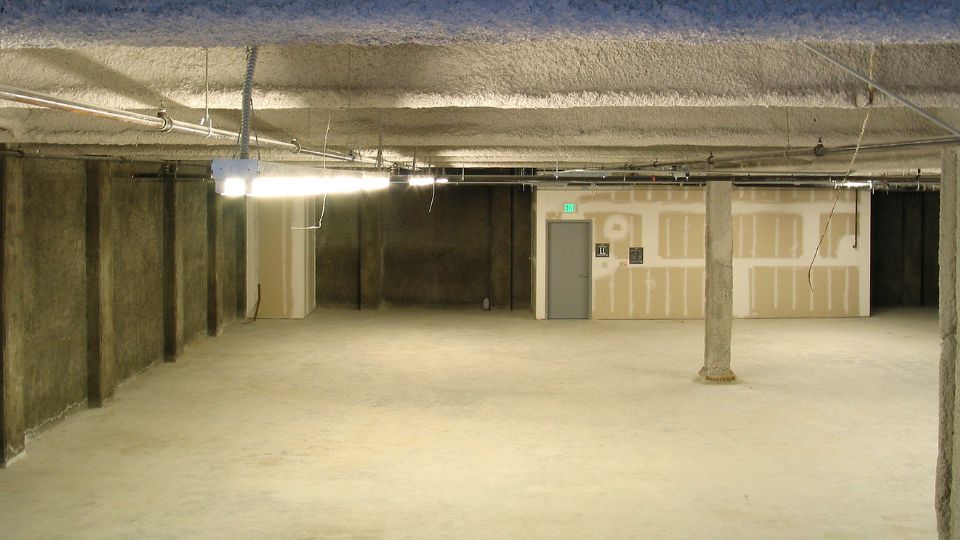
Crawlspaces and basements, while essential components of many homes, can have a significant impact on the environment. Understanding these impacts and adopting responsible design and construction practices is crucial for minimizing environmental harm and promoting sustainability.
Environmental Impacts of Crawlspaces and Basements
Crawlspaces and basements, due to their location below ground level, can contribute to various environmental concerns.
- Energy Consumption: These spaces often require additional heating and cooling, increasing energy consumption and greenhouse gas emissions.
- Moisture and Mold: Poor ventilation and moisture control can lead to mold growth, posing health risks and contributing to indoor air pollution.
- Waste Generation: Construction and renovation of these spaces can generate significant waste, including demolition debris, packaging, and leftover materials.
- Soil and Groundwater Contamination: Improper disposal of hazardous materials, such as paints, solvents, and pesticides, can contaminate soil and groundwater.
Maintenance and Repair
Proper maintenance is crucial for ensuring the longevity and functionality of your crawlspace and basement. Neglecting these spaces can lead to costly repairs and potential health hazards. Regular inspections, routine maintenance, and prompt attention to any issues are essential for keeping these areas in optimal condition.
Routine Maintenance Checklist, Crawlspace and basement technologies
A regular maintenance routine helps prevent issues and extend the lifespan of your crawlspace and basement.
- Inspect for Moisture: Check for signs of water leaks, condensation, or dampness. Address any issues promptly to prevent mold growth and structural damage.
- Ventilation: Ensure proper ventilation by inspecting vents, fans, and other ventilation systems. Clean or replace filters as needed.
- Insulation: Check the insulation for any damage or deterioration. Replace or repair damaged insulation to maintain energy efficiency.
- Pest Control: Inspect for signs of pests, such as insects, rodents, or other animals. Take appropriate measures to eliminate infestations.
- Structural Integrity: Examine the walls, floors, and foundation for any cracks, leaks, or other structural problems. Address any issues promptly to prevent further damage.
- Electrical Systems: Inspect electrical wiring, outlets, and fixtures for any damage or safety hazards. Have any issues addressed by a qualified electrician.
- Plumbing: Check for leaks or other plumbing issues. Repair any problems promptly to prevent water damage.
- Cleanliness: Regularly clean and remove debris from the crawlspace and basement. This helps prevent mold growth and other problems.
Identifying and Addressing Common Problems
Understanding common problems in crawlspaces and basements allows for prompt action and prevents further deterioration.
- Moisture: Moisture is a major concern in these spaces. It can lead to mold growth, structural damage, and health problems. Identify the source of moisture, such as leaks, condensation, or poor ventilation. Address the issue by repairing leaks, improving ventilation, or installing a dehumidifier.
- Mold: Mold can grow in damp, poorly ventilated areas. It can cause respiratory problems and other health issues. Remove mold promptly using appropriate cleaning methods. Address the underlying moisture issue to prevent future growth.
- Pests: Pests like termites, rodents, and insects can cause damage to structures and pose health risks. Identify the type of pest and take appropriate control measures. Seal entry points, use traps, or contact a professional pest control service.
- Structural Issues: Cracks in walls or foundation, sagging floors, or uneven settling can indicate structural problems. Consult a structural engineer to assess the damage and recommend appropriate repairs.
- Insulation Problems: Damaged or insufficient insulation can lead to energy inefficiency and temperature fluctuations. Replace or repair damaged insulation to improve energy efficiency and comfort.
Preventing Future Issues
Proactive measures can significantly extend the lifespan of your crawlspace and basement.
- Maintain Proper Ventilation: Ensure adequate ventilation to prevent moisture buildup and improve air quality. Install vents, fans, or other ventilation systems as needed.
- Address Moisture Issues Promptly: Repair leaks, improve drainage, and install dehumidifiers to control moisture levels.
- Regular Inspections: Conduct regular inspections to identify potential problems early. This allows for prompt repairs and prevents major issues from developing.
- Pest Control: Take preventative measures to prevent pests from entering the crawlspace and basement. Seal entry points, use traps, and consider professional pest control services.
- Maintain Insulation: Regularly inspect and repair damaged insulation to maintain energy efficiency and prevent heat loss.
Importance of Regular Inspections and Professional Maintenance
Regular inspections and professional maintenance are essential for maintaining the health and safety of your crawlspace and basement.
- Early Detection: Regular inspections allow for early detection of potential problems, enabling timely repairs and preventing major issues from developing.
- Expert Knowledge: Professional maintenance services provide expert knowledge and experience in addressing complex issues and ensuring proper repairs.
- Safety: Professional maintenance services can identify and address safety hazards, such as electrical problems or structural weaknesses, ensuring a safe environment.
- Longevity: Regular maintenance and prompt repairs extend the lifespan of your crawlspace and basement, saving you money on costly repairs in the long run.
Final Conclusion
By understanding the intricacies of crawlspace and basement technologies, homeowners can make informed decisions to improve their living environment and create a more sustainable and comfortable home. Whether it’s addressing moisture problems, enhancing insulation, or implementing innovative solutions, these spaces offer a wealth of opportunities to optimize performance and increase property value.
Crawlspace and basement technologies are essential for creating comfortable and efficient living spaces. From moisture control systems to insulation solutions, these technologies play a crucial role in maximizing the functionality of these often-overlooked areas. When it comes to lighting these spaces, universal lighting technologies inc.
offers a wide range of innovative and energy-efficient options, ensuring optimal visibility and safety in both crawlspaces and basements.
